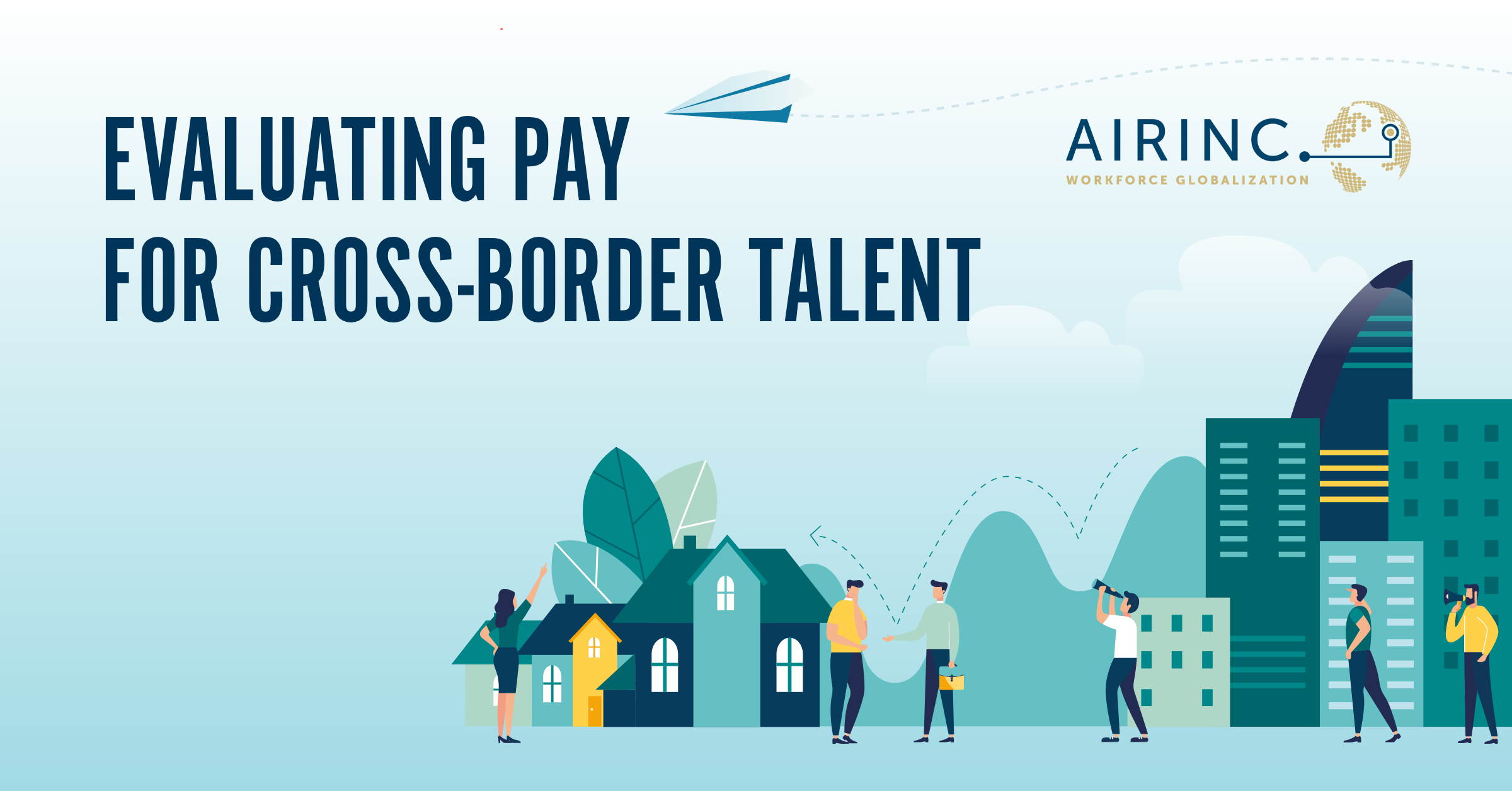We often hear that the cost of labour is aligned with cost of living. Salaries are higher in higher-cost countries and cost are lower in lower-wage countries. While this may be true in general, there is no direct relationship between the salaries — traditionally based on the cost of labour — and the cost of living. If that was the case, the same job would attract the same standard of living anywhere around the world (and we know this is not true!). In today's global economy, businesses are facing the challenges of total rewards and constantly seeking more information to supplement cost of labor surveys.
AIRINC provides essential research and data on cost-of-living differences across countries. This information is crucial for companies to effectively manage employee compensation, especially as workforces become more dispersed.
Understanding Allowances and Compensation
Compensation specialists traditionally rely on salary surveys to determine appropriate salaries. These surveys are based on the cost of labour, which does not always align with the cost of living. Companies have started incorporating cost-of-living data into their compensation plans to better align salaries to employees' actual living costs. This shift is particularly important for permanent transfers and new hires from abroad.
Key Differences: Cost of Living vs. Cost of Labour

AIRINC Total Rewards Solutions
AIRINC provides robust cost-of-living data to help companies evaluate and design their global compensation schemes. With workforces becoming more global, understanding compensation across different locations — whether countries, states, or cities — is critical. AIRINC’s consistent data assists in designing compensation packages that reflect the true living costs employees' face in various countries around the world. There are many ways AIRINC can help:
- whether this is defining globally consistent rewards,
- adding regional granularity to a country-wide pay scale, or
- comparing global salaries from a purchasing power perspective
All with a view to identify the 'haves' and 'have-nots' or to validate the economic viability of a new hire from abroad.
Calculating Globally Consistent Rewards
Providing equitable and globally aligned rewards involves adjusting allowances by country. AIRINC’s Global Reward Index, based on cost-of-living data, helps companies offer a variety of rewards such as wellness allowances, sales stipends, and remote work benefits, and align their benefit programs to local costs. Offering a fixed wellness allowance of, say, 250 EUR to qualifying employees around the globe may seem equitable and it is in many ways (250 EUR is 250 EUR) but the truth is that 250 EUR offers more in the Philippines than it does in Switzerland. AIRINC's Global Reward Index provides country specific data ensuring fair allowances that are properly aligned to their purpose in any host location.
Adding Geographic Differential Indices
Although the cost of living varies from one region to another, from one city to the next, most companies use a countrywide pay scale. This has not been an issue so far, but with a more dispersed work force and now with more employees working from various locations, it made companies think about the ways to adjust the pay based on the cost of living, the cost of housing and the cost of taxes employees are actually facing.
The AIRINC Geographic Differential Index is there to help companies adjust their reward structure based on these differences, a simple yet powerful index that can be applied to the already existing national pay scale to determine regional salaries taking into account different tax rates, housing costs, and goods & services costs.
Comparing salaries and what they offer
When assessing two salaries in two different countries for the same job, whether that comparison is done for the purpose of hiring from abroad, for a permanent transfer, or to identify purchasing power gaps in the pay scale, it can be tempting to simply convert the salaries to a single currency. Whist this is a necessary step, it only provides a third of the story as this ignores the effect that different tax rates will have on the salaries.
The next step is therefore to calculate and remove the taxes so the salaries can be compared on a net basis. But this only represents two-thirds of the story as the cost of living (housing and goods and services) is still not part of the equation. A higher net salary in Germany may sound better than a lower salary in Portugal. This is however not the case if the cost of living is higher in Germany than it is in Portugal.
The AIRINC Global Salary Comparison tool can help determine how two salaries (both based on existing pay scales) align from a purchasing power perspective and calculates the salaries that would deliver the same purchasing power in two countries or cities.
Conclusion
Cost of labour surveys are here to stay. But more and more companies seek other sources of data to supplement these surveys, including cost of living surveys. Aligning compensation with the cost of living is crucial in today's global workforce. By leveraging comprehensive cost-of-living data and tools from AIRINC, companies can ensure fair and effective compensation strategies which support their mobile talent and enhance overall employee satisfaction.





%20(25)%20(1).jpg)
%20(22)%20(1).jpg)
%20(26)%20(1).jpg)

